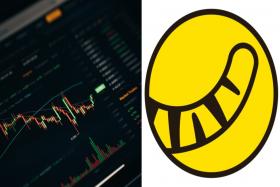Oil prices end 2018 with first year of losses since 2015
HOUSTON: Oil prices ended with full-year losses for the first time since 2015, after a desultory fourth quarter that saw buyers flee the market over growing worries about a supply glut and mixed signals related to renewed US sanctions on Iran.
For the year, US West Texas Intermediate crude (WTI) futures slumped nearly 25 per cent, while Brent tumbled more than 19.5 per cent.
The market had been on track for solid gains for the year until October, when the US granted larger-than-expected waivers to importers of Iran's oil, and as demand in emerging economies started to sag.
DRAG
That combination dragged down both benchmarks from four-year highs above US$76 (S$103) a barrel and US$86 a barrel, respectively, and even a late-year decision by the Organisation of the Petroleum Exporting Countries and its allies including Russia, known collectively as Opec+, to ratchet down output was not enough to restore bullish sentiment.
"We're flush with oil," said Mr Phillip Streible, senior market strategist at RJO Futures.
"Opec is out there cutting, but the market isn't really pricing that in."
Oil prices fell more than a third in the fourth quarter, the steepest quarterly decline since the fourth quarter of 2014.
Crude oil futures posted modest gains on Monday. Brent settled up 59 US cents, or 1.1 per cent, at US$53.80 a barrel, while WTI settled eight US cents higher at US$45.41 a barrel.
Analysts have turned bearish on 2019, according to a Reuters poll.
A survey of 32 economists and analysts forecast an average Brent price of US$69.13 next year, more than US$5 below analyst projections a month ago, and compared with an average real price of US$71.76 in 2018. - REUTERS
Get The New Paper on your phone with the free TNP app. Download from the Apple App Store or Google Play Store now

